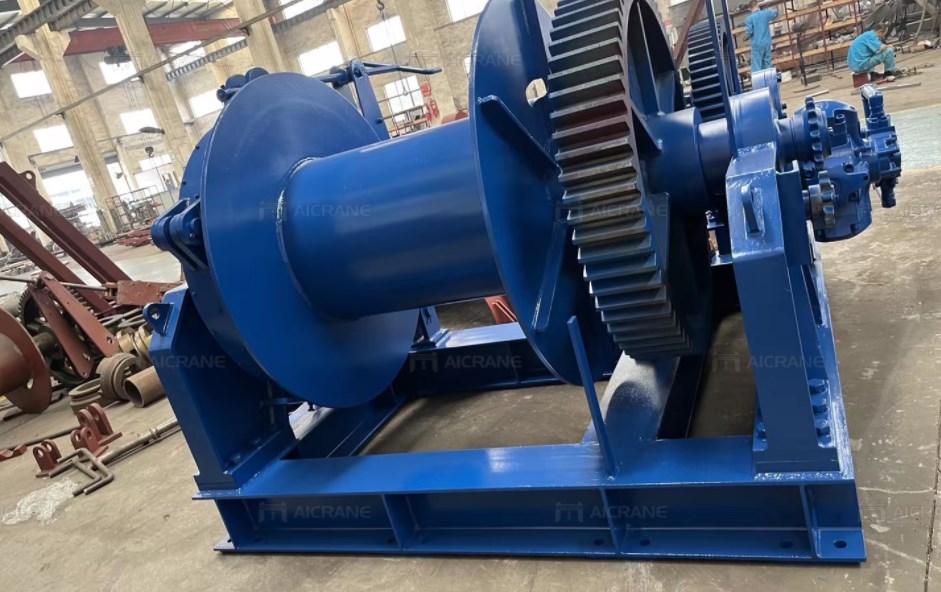Maintenance and Safety Tips for 25-Ton Hydraulic Winches
Regular maintenance and adherence to safety protocols are critical for ensuring the optimal performance and safety of a 25-ton hydraulic winch. This article provides essential maintenance and safety tips for operators of hydraulic winches. By implementing proper maintenance routines and following safety guidelines, operators can extend the lifespan of their winches, prevent equipment failures, and create a safe working environment.
Regular Inspection and Lubrication
Routine inspection is crucial for identifying and addressing potential issues before they escalate. Inspect the winch's components, such as the hydraulic motor, pump, drum, control valve, and brake system, for signs of wear, leaks, or damage. Ensure that all fasteners and connections are secure. Lubricate moving parts regularly to minimize friction and ensure smooth operation. Follow the manufacturer's guidelines for recommended lubricants and intervals.
Hydraulic Fluid Maintenance
Maintaining the hydraulic fluid is essential for optimal performance of the 25 ton hydraulic winch. Regularly check the fluid level and quality. Contaminated or low fluid levels can result in poor winch operation and component damage. Replace the hydraulic fluid as per the manufacturer's recommendations, ensuring the use of the correct type and viscosity. Keep the hydraulic system clean and free from debris to prevent clogs and damage.
Cable and Rope Inspection
Inspect the cable or rope regularly for signs of wear, fraying, or damage. Replace any damaged or worn-out cables promptly to prevent accidents and ensure reliable lifting or pulling. Properly spool and tension the cable on the winch drum to prevent tangling or slipping during operation.
Brake System Maintenance
The brake system is critical for the safe operation of a hydraulic winch. Regularly inspect and test the brakes to ensure their functionality. Check for proper engagement and release of the brakes. Clean and lubricate brake components as recommended by the manufacturer. Replace brake pads or discs when they are worn out. Maintain proper adjustment of the brake system to ensure efficient braking and load holding capabilities.
Safety Guidelines and Operator Training
Adhering to safety guidelines is paramount when operating a 25-ton hydraulic winch. Ensure all operators receive proper training on winch operation, safety procedures, and emergency protocols. Emphasize the use of personal protective equipment, such as gloves and safety glasses. Establish clear communication protocols between operators and signalpersons. Encourage a safety-focused work culture and regularly reinforce safe practices.
Emergency Stop and Shutdown Procedures
Operators should be familiar with emergency stop and shutdown procedures. Clearly mark and communicate the location of emergency stop buttons or switches. In case of an emergency or equipment malfunction, operators should know how to quickly stop the winch's operation and shut down the hydraulic power source. Regularly test emergency stop features to ensure their functionality.
Regular Training and Communication
Continual training and communication are essential for maintaining a safe working environment. Conduct regular refresher training sessions to reinforce safe operating practices. Encourage open communication among team members to address any safety concerns or issues promptly. Foster a culture of accountability and encourage reporting of near misses or incidents for continuous improvement.
Proper maintenance and safety practices are vital for the efficient and safe operation of hydraulic driven winches. Regular inspections, lubrication, hydraulic fluid maintenance, cable inspection, brake system maintenance, and adherence to safety guidelines are crucial for ensuring optimal winch performance and creating a secure working environment.



Comments
Post a Comment